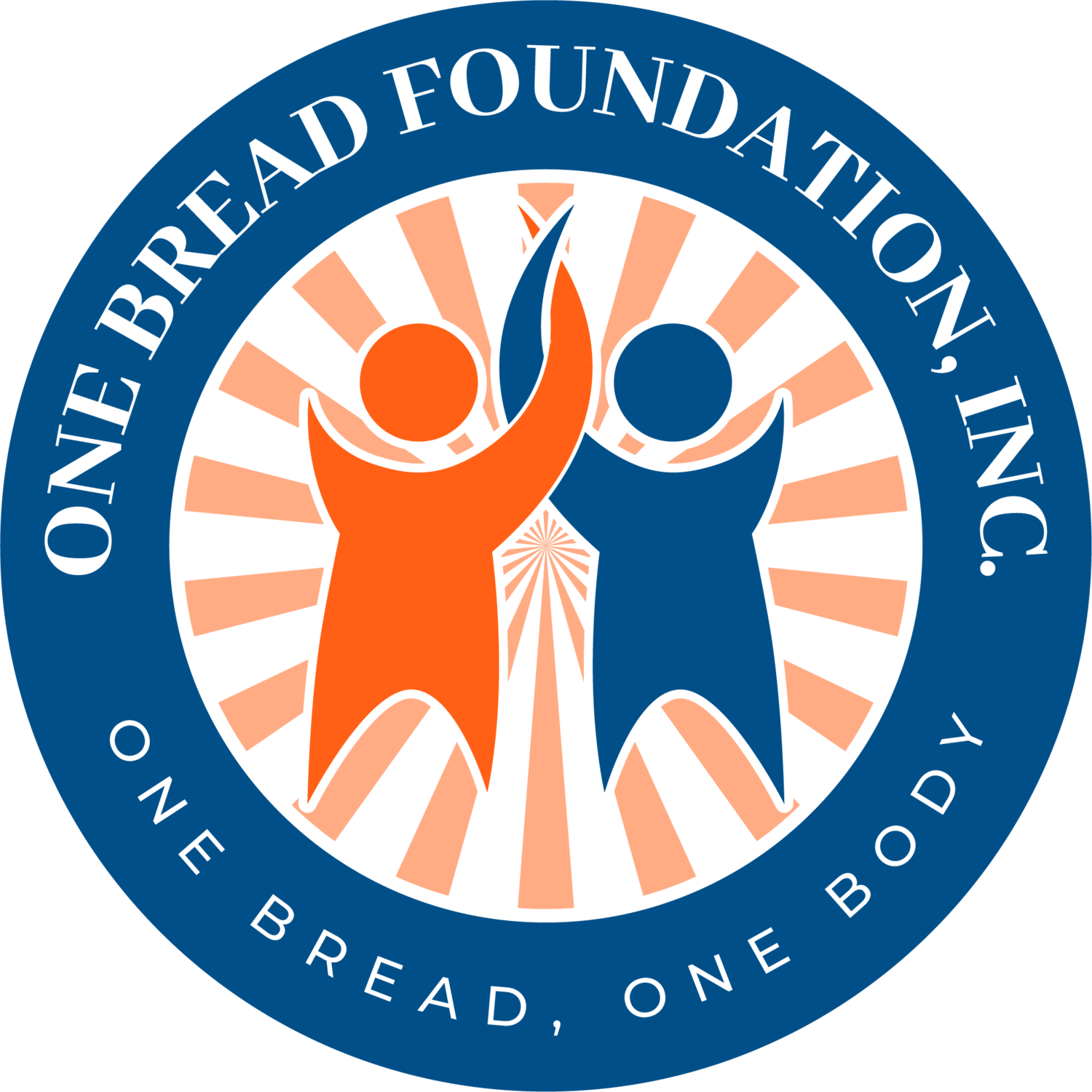By Constance Thum, Senior Contributing Writer
Human trafficking is a broad category that encompasses child and forced labour, child soldiers, sex trafficking, child marriages and bride buying, among other forms of trafficking. Bride trafficking has been reported across the world. In Asia, China, Pakistan, India, Cambodia, Indonesia, Laos, Myanmar, and Vietnam have recorded a growing number of bride trafficking cases. For China, the “one-child policy” that created a preference for male babies has resulted in a severe gender imbalance, thus generating high demand among bachelors for female brides. Many heart wrenching personal stories of child brides and trafficked victims remind us of the importance of addressing this issue that has only been exacerbated by COVID-19.
Bride trafficking is a complicated issue involving multiple overlapping factors. Focusing on growing economic polarisation, the consequences of the COVID-19 lockdown, and gender inequality, we may gain a clearer picture on how these root causes contribute to bride trafficking.
In Asia, rapid economic growth and development has also presented worsening income inequality. The significant wealth divide has created a perfect storm of vulnerable populations ripe for exploitation at the hands of privileged families with the means to afford trafficking services. Many trafficked victims highlighted that poverty was a significant factor motivating their desperation for employment, which in turn made them more susceptible to deceit by traffickers who lured them with promises of high paying jobs. Many of these women and girls who are trafficked are from ethnic or religious minorities, which are among the most impoverished communities. Thus, bride trafficking is not only a gender crisis, but also a racial minority problem. The pandemic has only worsened income inequality as low-skilled jobs have been the hardest hit by the economic disruptions.
Additionally, the extended COVID-19 lockdown has resulted in a record number of children dropping out of school permanently. Job loss and reduced earnings have compelled many parents to enlist the help of their children in businesses during this stay-at-home period, and these temporary strategies to improve livelihood conditions may become permanent decisions. While some poor children may eventually return to school, the damage done to their learning may be so severe that it sets them back for years compared to their wealthier counterparts who have supplementary resources to ensure their learning is on track. For girls, the lockdown has pushed many parents to get them married off early in hopes of lessening the financial burden, despite many of them still being underaged. While child marriages and bride trafficking are illegal in many Asian countries, less funding for law enforcement agencies due to slower economic growth has adversely impacted their operations and made investigations or rescue missions more difficult in times when they are more needed.
Finally, gender inequality and patriarchal attitudes are major factors underlying greater vulnerability of women and girls. Poverty has meant many parents are forced to allocate more resources to one child, usually boys, at the expense of the other, usually girls. Such actions are out of pragmatism in light of the persistent gender wage gap, which means sons are more likely to earn more than daughters to financially support their parents. Gendered social expectations for males to be breadwinners and for females to undertake unpaid domestic and care work also play a part in these trends. With females being economically dependent on males, they have less autonomy and say in decision making. Hence, many girls and women have to obey the wishes of their male relatives. Such a power imbalance between the genders has contributed to vulnerability of women and girls to domination and exploitation.
Against this backdrop, immediate solutions for addressing child marriages and bride trafficking in Asia would be material aid to impoverished communities, calling for greater funding to relevant law enforcement departments, and donations to non-profit organisations providing rehabilitative care to victims of trafficking. In the long run, greater collaboration between various stakeholders like the state, law enforcement, grassroots organisations, and vulnerable communities would be essential to developing multi-faceted solutions that address the root causes of the issue. Awareness campaigns should also be rolled out to help the public spot warning signs of trafficking and to advocate for the rights of trafficked victims. Ultimately, child marriages and bride trafficking present a serious threat to human rights and must receive due attention to attain justice for its victims.
References and further reading:
Demystifying Rising Inequality in Asia
China’s Bride Trafficking Problem
